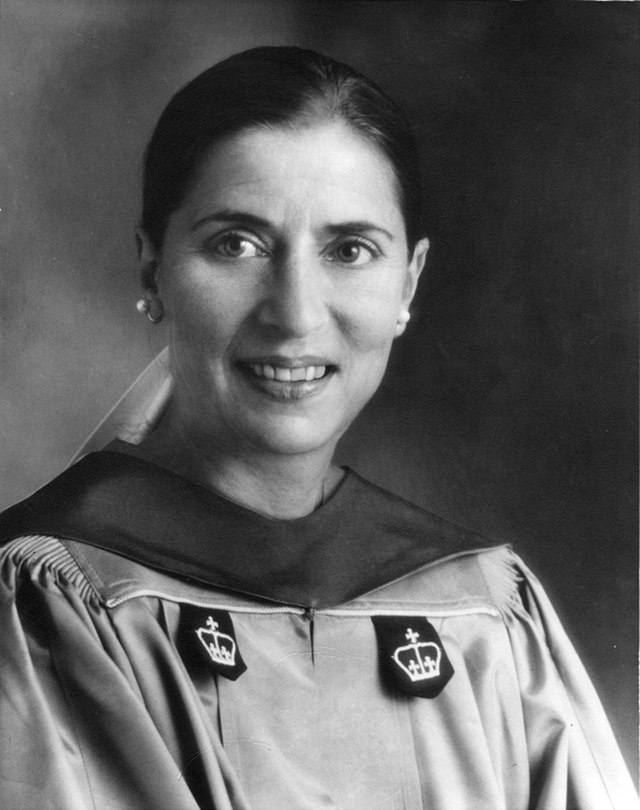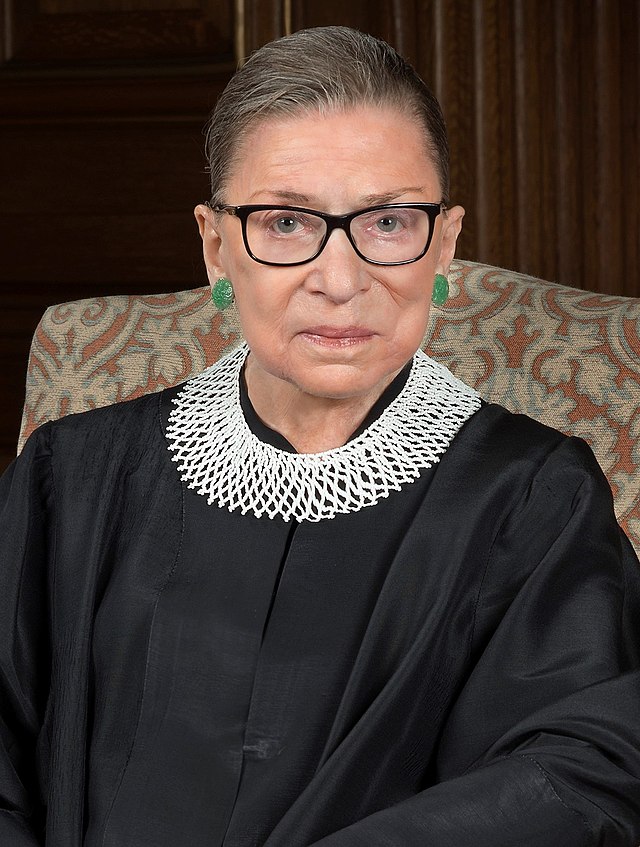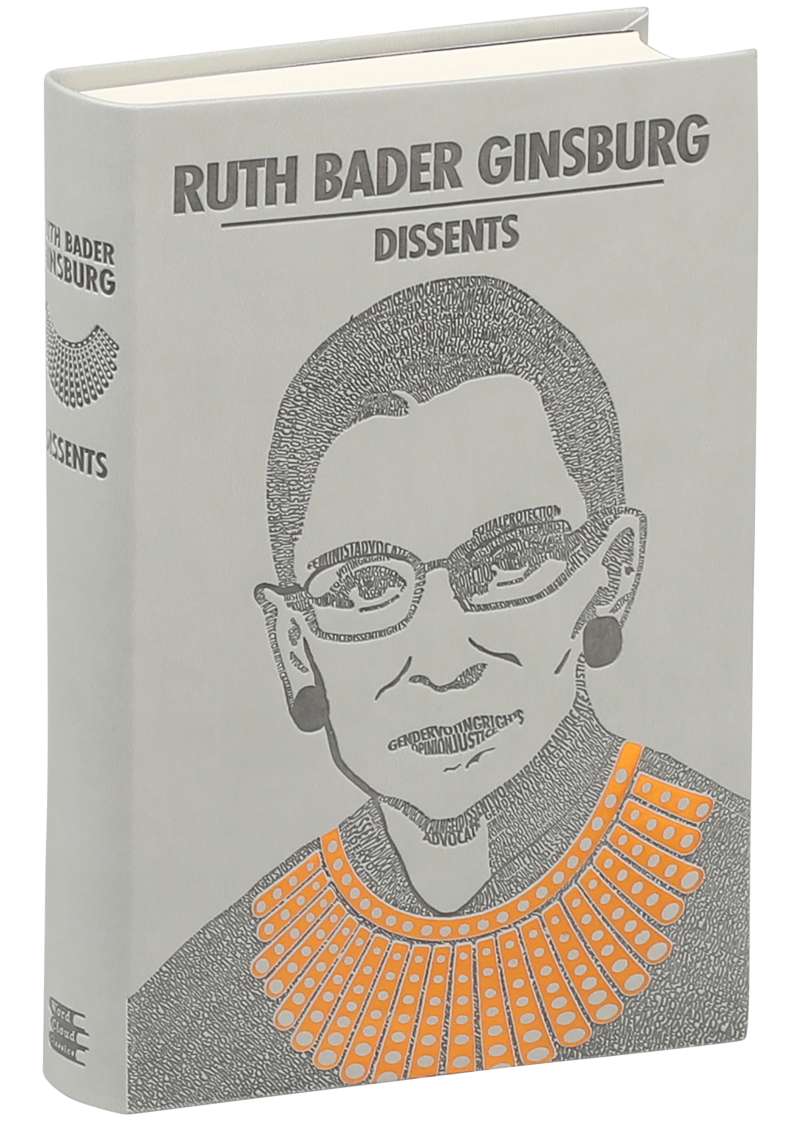By Brian Boone
One of the few Supreme Court Justices to ever become a household name, Ruth Bader Ginsburg is one of the most brilliant and crusading legal minds in American history. But even before she heard cases that changed daily life—often for women and people of color—Ginsburg compiled a staggering and important list of achievements that broke down barriers directly and indirectly.
A collection of key dissenting and majority opinions from U.S. Supreme Court justice Ruth Bader Ginsburg.
There weren’t many women at Harvard.
In 1956, Ginsburg was admitted to the prestigious Harvard Law School. Out of a class of 500 students, Ginsburg was one of the only nine women. Undeniably gifted at legal research and debate, Ginsburg became the first woman to serve at the Harvard Law Review legal journal.
There weren’t many female law professors.
After graduating from Columbia University’s law school and practicing law, Ginsburg took a teaching position at Rutgers Law School. She trained young lawyers at the New Jersey institution from 1963 to 1972, and at the time she was one of only 20 women teaching law in the United States. When Ginsburg moved back to her alma mater, Columbia, to teach law, from 1972 to 1980, she became the country’s first tenured female professor of legal studies.


There wasn’t an organization to legally argue against gender discrimination.
Created in the early 20th century, the organization that became the American Civil Liberties Union once fought solely for civil rights on behalf of people of color. In 1972, Ginsburg helped to create the ACLU’s Women’s Rights Projects, using the law to challenge, prevent, and work to eradicate discrimination on the basis of sex and gender. In its first two years alone, and under Ginsburg’s leadership, it advocated and advanced more than 300 gender discrimination cases.
There weren’t many women on the Supreme Court.
Appointed to the U.S. Court of Appeals for the District of Columbia Circuit by President Jimmy Carter in 1980, Ginsburg was promoted to the highest court in the land, the Supreme Court, by President Bill Clinton in 1993. That made her only the second woman to ever be a member of the nine-jurist panel (after Sandra Day O’Connor) and the first woman with a Jewish heritage.
Learn a little bit of women’s history this Women’s History Month with a deep dive on the impact, advocacy, and writings of Ruth Bader Ginsburg. Dissents, Ginsburg’s collection of Supreme Court opinions, is available now from Canterbury Classics.









